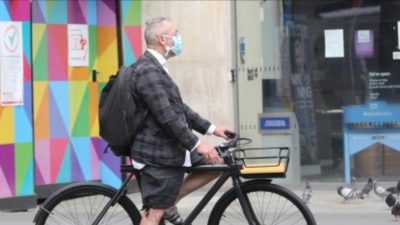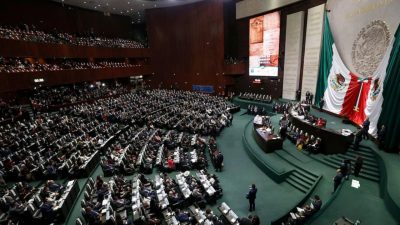JERUSALEM – Israeli scientists have identified a protein that could potentially unlock treatments for neurodegenerative diseases by facilitating nerve cell repair in the peripheral nervous system.
A chance discovery by a team of researchers at the Weizmann Institute of Science sheds new light on regeneration in the nervous system and opens up exciting possibilities for combatting diseases like Alzheimer’s, Parkinson’s, and ALS (amyotrophic lateral sclerosis) that have long remained incurable.
Regeneration is more widely known among certain species of lizards, salamanders and frogs — among other animals — whose tails or limbs can grow back if broken off.
The peripheral nervous system, responsible for connecting our brain and spinal cord to other organs, possesses a remarkable ability to regenerate damaged nerve cells.
In contrast, the central nervous system, comprising the brain and spinal cord, exhibits limited regenerative capabilities, leading to the irreversible and incurable nature of neurodegenerative diseases.
Until now, scientists have focused on understanding why the peripheral nervous system can regenerate so effectively.
PTBP1, a protein known to decrease sharply as embryonic cells differentiate into adult nerve cells, has been a point of interest in regenerative research.
Previous studies were aimed to replicate this process in non-neuronal cells by reducing PTBP1 levels, hoping to generate new neurons in the brains of individuals with neurodegenerative diseases.
However, a recent study led by Dr. Stefanie Alber and doctoral student Pierluigi Di Matteo in Prof. Mike Fainzilber’s laboratory at the Weizmann Institute in Rehovot revealed that PTBP1 is not limited to embryonic cells.
Surprisingly, it is also expressed in adult neurons of the peripheral nervous system, challenging conventional wisdom.
The team’s findings were recently published in the peer-reviewed Science Advances.
The research, initially focused on understanding the regulation of KPNB1, a protein responsible for delivering messages within neurons, stumbled upon PTBP1’s presence in the adult cells.
According to the researchers, KPNB1 serves as a “mail van” for transporting messages from the neuron’s distant branches to the nucleus, where regeneration signals are initiated.
PTBP1 binds effectively to the RNA messenger molecules that carry instructions for creating these messenger “vans.”
To determine PTBP1’s impact on neuron function and regeneration, the researchers studied the response of neurons to injuries. They observed that PTBP1 levels in cells increased three days after injury, peaking at one week.
Concurrently, nerve cells in the branches began regenerating.
Sequencing of messenger RNA molecules bound to PTBP1 revealed its interaction not only with KPNB1 but also with RNA molecules encoding other proteins crucial for nerve cell regeneration, such as RHOA, a significant regulator of cellular growth.
To further investigate PTBP1’s role in adult cells, the scientists silenced its expression through genetic engineering. This manipulation resulted in reduced regeneration of nerve cells responsible for transmitting pain sensations in the peripheral nervous system.
Additionally, muting PTBP1 increased sensitivity to mechanical stimuli and heat, underscoring its role in nerve cell health and regeneration.
According to the World Health Organization, 55 million people suffer from dementia, mostly due to Alzheimer’s, making it the most common neurodegenerative disease.
Parkinson’s disease is the next most common with 8.5 million. (TPS)







